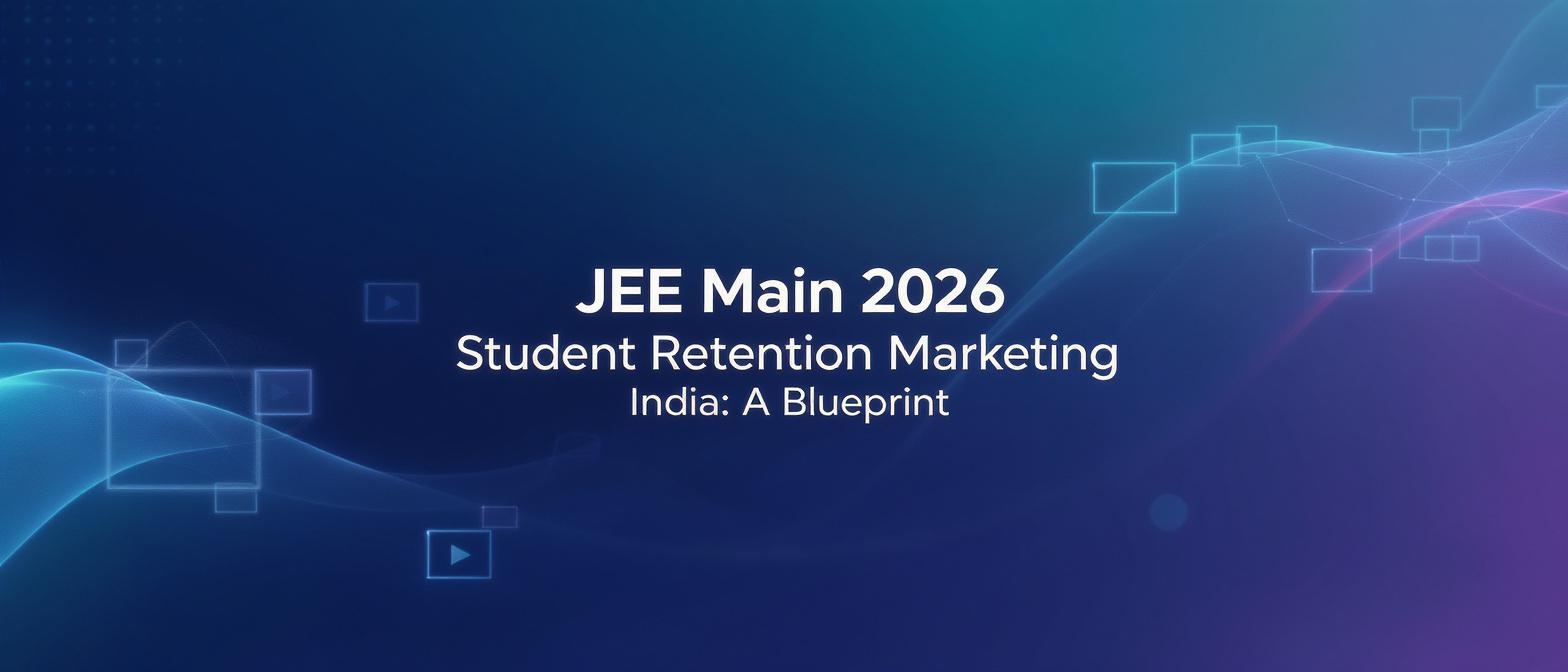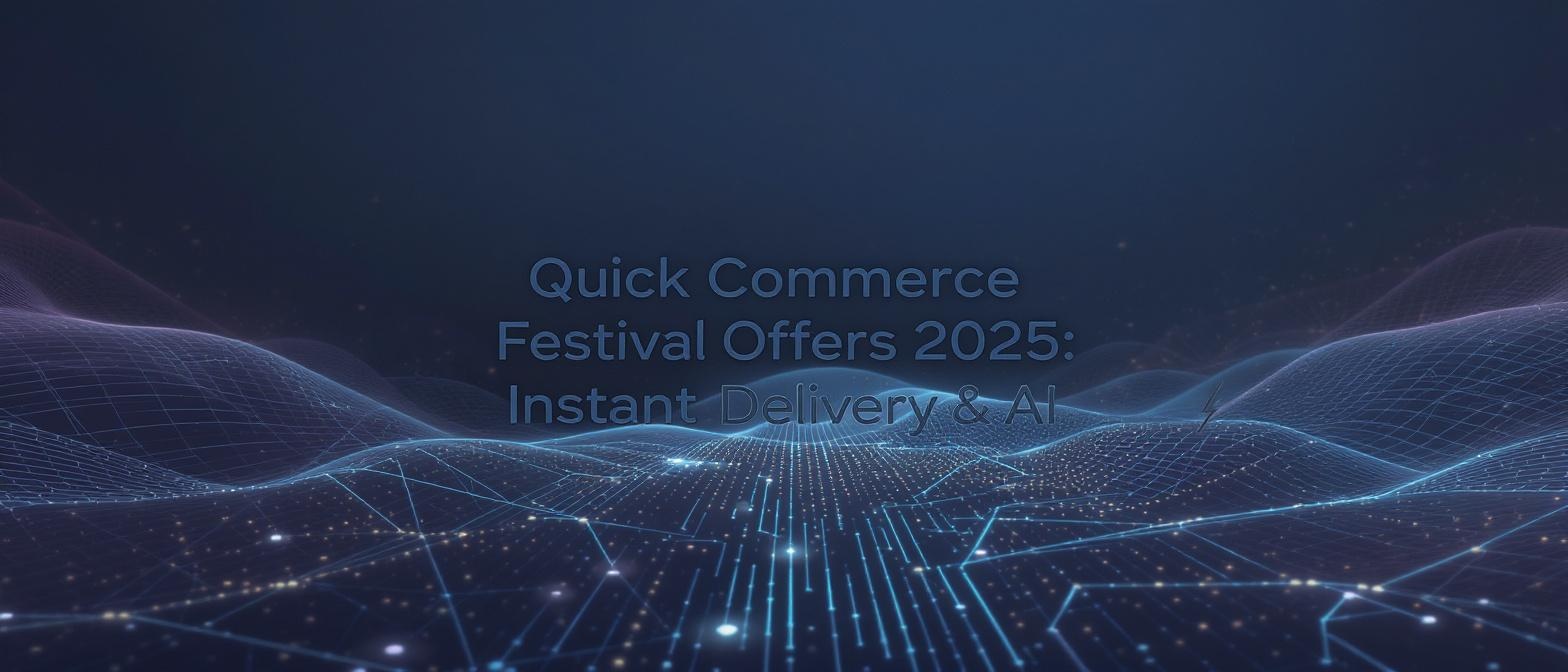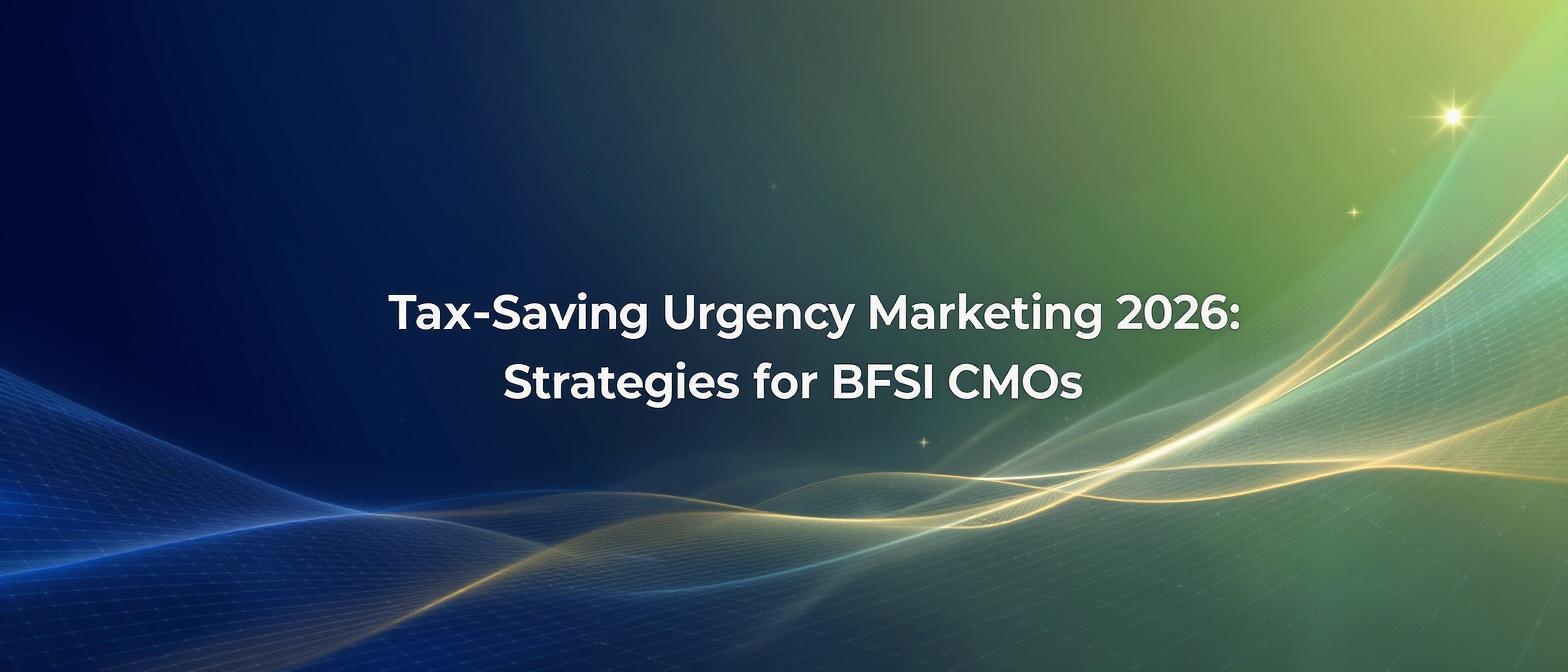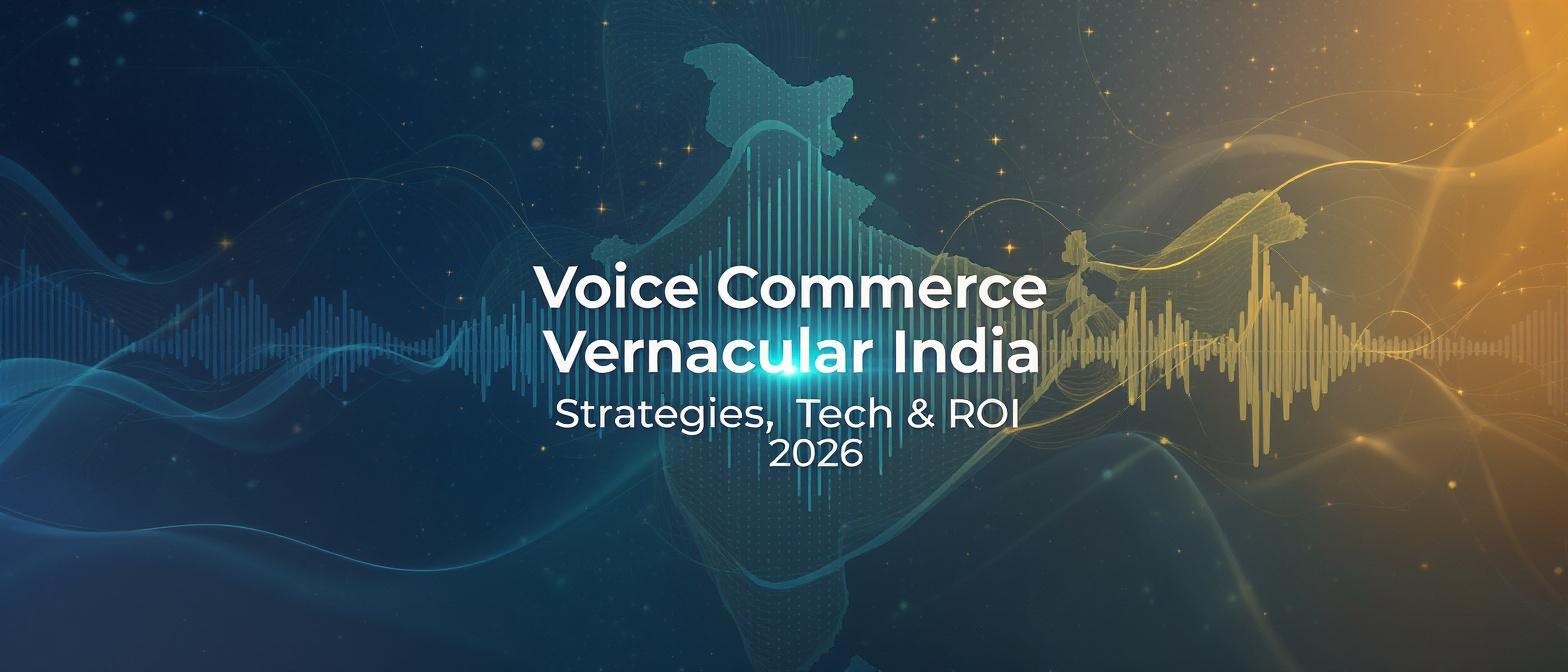JEE Main 2026 Student Retention Marketing India: A Blueprint for Hyper-Personalized Video Campaigns
Estimated reading time: ~13 minutes
Key Takeaways
- EdTech retention marketing is crucial for reducing churn and maximizing student success.
- Personalized AI-powered videos can address unique student challenges and drive higher engagement.
- Strategic WhatsApp nudges and timely reminders reduce confusion and increase on-time exam reporting.
- Predictive analytics help identify at-risk students, allowing proactive interventions to prevent dropouts.
- Compliance with DPDP and secure data handling build trust, keeping personalization ethical and safe.
Preview: How last-mile exam revision personalized videos, WhatsApp learning nudges, and AI video compliance enterprise solutions drive conversions for EdTech CMOs.
The High-Stakes Battle for Student Retention in JEE Main 2026
The Joint Entrance Examination (JEE) Main is more than an exam; it's a national event. As India’s largest engineering entrance test, it draws over 1.6 million applicants into a fiercely competitive arena where every mark counts. For EdTech platforms, this massive influx of students represents a significant opportunity, but it also presents a monumental challenge: retention. This is where a robust JEE Main 2026 student retention marketing India strategy becomes mission-critical.
Student retention marketing refers to the specific strategies employed to keep enrolled students engaged, motivated, and active throughout their entire preparation journey. The final 30 days before the exam are notoriously stressful, leading to a high risk of student burnout and dropout. Disengagement at this stage means lost revenue and a squandered opportunity to convert promising leads into success stories.
To combat this, forward-thinking EdTech CMOs are moving beyond generic email blasts and static content. They are leveraging cutting-edge tactics like last-mile exam revision personalized videos and EdTech churn prevention predictive videos. This blueprint outlines a data-driven approach to JEE Main 2026 student retention marketing India, transforming potential dropouts into dedicated, high-value learners.
Source: www.shiksha.com
Source: www.indiatoday.in
Why JEE Main 2026 Student Retention Marketing is Non-Negotiable
In the EdTech landscape, "student churn" is the silent killer of growth. It represents the percentage of enrolled students who disengage or drop out before reaching peak conversion windows, such as the final registration for the January JEE Main attempt. High churn rates directly erode profitability and undermine brand credibility.
The primary drivers of churn among JEE aspirants are predictable yet potent: overwhelming stress from academic backlogs, dwindling motivation in the face of intense competition, and logistical confusion about crucial steps like admit cards and exam centers. These factors create a perfect storm for disengagement, particularly in the final quarter leading up to the exam. According to recent industry analysis, a staggering number of students consider dropping their current coaching platform during this period.
The business case for retention is clear. Reducing churn directly increases the Lifetime Value (LTV) of each student. An engaged student is far more likely to upgrade to premium courses, purchase mock test series, or enroll in crash courses. For instance, EdTech platforms that successfully reduce their churn rate to below 10% in the critical December-January period often report a threefold uplift in final conversions. By implementing EdTech churn prevention predictive videos and ensuring DPDP-compliant education personalization, platforms can transform retention from a defensive measure into a powerful growth engine.
Source: www.pw.live
Source: careerpoint.ac.in
Strategy 1: Last-Mile Exam Revision Personalized Videos
The final few weeks before JEE Main are a critical battleground for student attention. Generic revision schedules often fail because they don't address the unique weaknesses of each student. Last-mile exam revision personalized videos are short, topic-specific video modules algorithmically tailored to a student's individual performance gaps, delivered precisely when they need them most.
This strategy moves beyond one-size-fits-all content. Platforms like TrueFan AI enable the creation of these videos at scale, driven by student data. The technical workflow is seamless and powerful:
- Data-Driven Personalization: A data feed containing the student's ID, identified weak topics (e.g., "Rotational Motion," "Organic Chemistry Reactions"), and recent mock test scores is passed to the video generation API. The payload specifies the dynamic text, such as p1_text: ["Mechanics Revision"], p2_text: ["– Key Formulas"].
- AI-Powered Virtual Reshoots: A top educator or celebrity tutor can deliver hyper-relevant tips without endless reshoots. The AI can alter their dialogue and lip-sync new lines based on updated performance data.
- Instantaneous Delivery: The generated video is embedded in an in-app push notification or a WhatsApp message, reaching the student on their preferred channel with a compelling, personalized call to study.
The impact is significant. An internal case study with a leading EdTech platform revealed that these highly relevant videos boosted content completion rates by a remarkable 42%. When a student sees a trusted tutor addressing their specific pain points, it rebuilds confidence and drives targeted, effective revision. This is the future of JEE Main 2026 student retention marketing.
Strategy 2: Admit Card and Exam Center Reminder Videos
Logistical friction is a major source of anxiety and a key reason students contact support teams in the final days before the exam. Simple text-based reminders about admit cards and exam centers are easily lost in a sea of notifications. Admit card and exam center reminder videos cut through the noise by delivering critical information in a personal, engaging, and unforgettable format.
This automated video strategy is designed for efficiency and impact. The workflow is triggered by your CRM and executed in seconds:
- Automated Trigger: As soon as the official admit cards are released, a flag in your CRM or student management system triggers an API call.
- Dynamic Data Injection: The API call sends dynamic fields—such as the student's full name, assigned exam center address, and specific reporting time slot—to the video generation engine.
- Rapid Video Generation & Delivery: A personalized video is rendered in under 30 seconds. A celebrity brand ambassador or a senior faculty member appears on screen, congratulates the student by name, and clearly lays out their specific exam details.
The results are transformative. EdTech platforms using this strategy have reported a 60% reduction in last-minute logistical queries, freeing up support teams to handle more complex issues. Furthermore, by ensuring every student has clear, personalized instructions, these platforms have seen a 25% increase in on-time exam reporting, reducing the risk of students missing their slot due to confusion.
Strategy 3: WhatsApp Learning Nudges in India
With over 500 million users in India and message open rates exceeding 90%—compared to a mere 20% for email—WhatsApp is the undisputed king of communication. A successful JEE Main 2026 student retention marketing India strategy must leverage this channel. WhatsApp learning nudges are bite-sized motivational messages or academic tips delivered as short videos, designed to keep students on track.
These are not spam messages; they are intelligent, triggered interventions. A "learning nudge" could be a daily two-minute video from a celebrity tutor explaining a complex formula, a weekly motivational message from a successful IIT alumnus, or a quick tip to solve a common problem type.
The technical execution integrates a video platform with the WhatsApp Business API:
- Trigger-Based Scheduling: Nudges are sent based on student behavior. For example, a student who misses a scheduled quiz or shows low activity for two consecutive days could automatically receive a supportive video message.
- Multilingual Localization: To connect with students across India, these videos must speak their language. TrueFan AI's 175+ language support allows a single video to be rendered in Hindi, Tamil, Telugu, Bengali, and more, with perfect AI-powered lip-sync.
- Direct-to-Device Engagement: The video arrives directly in the student's WhatsApp chat, making it feel like a personal message from their mentor.
The key performance indicators (KPIs) speak for themselves. Platforms implementing WhatsApp learning nudges have seen a 30% increase in daily active users on their app and an 18% uplift in quiz attempts. This strategy is a prime example of effective, DPDP-compliant education personalization.
Source: www.businessofapps.com
Strategy 4: Parental Financing Offer Videos
Behind many JEE aspirants is a parent or guardian who makes the final financial decisions. Communicating complex fee structures, EMI options, and scholarship opportunities through dense PDFs or emails is often ineffective. Parental financing offer videos are personalized messages designed to clearly and persuasively present payment plans to the decision-makers.
This strategy targets a critical, often-overlooked audience segment. The video features a trusted educator or brand ambassador who addresses the parent by name, acknowledges their city, and explains the financial options in a simple, reassuring manner.
The technical details focus on clarity and trust:
- Dynamic Visuals: The video can dynamically insert images of a customized fee table, highlight specific interest rates, or display the parent's pre-approved loan amount.
- Personalized Script: The script is tailored for maximum relevance. For example: "Hello Mr. Sharma, we know that providing the best education for Rohan in Delhi is your top priority."
- Clear Call-to-Action: The video, delivered via email and WhatsApp, includes a clickable "Apply Now" button that directs the parent to a pre-filled application form, minimizing friction.
This targeted approach yields impressive results. By addressing parental concerns directly and transparently, EdTech companies have achieved a 22% uplift in fee-plan opt-ins. It is a powerful component of a holistic JEE Main 2026 student retention marketing India campaign.
Strategy 5: EdTech Churn Prevention Predictive Videos
What if you could intervene before a student decides to leave? EdTech churn prevention predictive videos are proactive, data-driven interventions triggered by predictive analytics models that identify students at high risk of disengagement. Instead of waiting for a student to become inactive, this strategy allows you to reach out with a supportive, personalized video at the first sign of trouble.
The system works by monitoring key behavioral indicators:
- Data Inputs: The predictive model analyzes metrics like login frequency, assignment completion rates, time spent on the platform, and duration since the last activity.
- Automated Triggers: When a student's behavior pattern matches a high-risk profile, the system automatically triggers an API call. The call includes dynamic data fields like "days inactive" or "modules missed."
- Tailored Video Content: The generated video features a tutor or a peer micro-influencer. The script acknowledges the student's challenges and offers a solution, such as a quick study tip or a deadline extension code.
Rapid A/B testing, enabled by virtual reshoot technology, allows platforms to optimize these videos by comparing different calls-to-action. The impact is profound: this strategy has been shown to reduce churn by up to 35% within the flagged high-risk cohort, effectively creating a student win-back video series before the student is even lost.
Strategy 6: Micro-Influencer Educator Collaboration
While celebrity brand ambassadors provide star power, authenticity is a key driver of trust among Gen-Z students. A micro-influencer educator collaboration strategy involves partnering with dozens of respected subject-matter experts and popular tutors who have a strong, organic following. These educators are seen as credible peers, and their recommendations carry significant weight.
This approach amplifies your message through a network of trusted voices. The process is scalable and consent-driven:
- Onboarding Educators: Partner with 50-100 subject-expert tutors on a consent-first model, ensuring they align with your brand's values.
- Scalable Content Generation: Record base footage of each educator delivering core messages or tips. An AI video platform can then generate thousands of personalized shout-outs, incorporating the student's name and city.
- Multi-Channel Distribution: Distribute these authentic videos across your app, social media channels, and email campaigns to provide a relatable touchpoint for students.
The benefit of this peer-level trust is undeniable. Videos featuring micro-influencers consistently demonstrate watch rates two times higher than those with only a celebrity endorsement. This strategy enhances your JEE Main 2026 student retention marketing efforts by adding a layer of genuine, expert-led encouragement that resonates deeply with students.
Strategy 7: The Proactive Student Win-Back Video Series
Re-engaging a student who has already become inactive is one of the toughest challenges in retention marketing. A generic "We miss you!" email is rarely effective. A student win-back video series is a structured, multi-touch drip campaign composed of 3-5 personalized videos designed to re-ignite a student's motivation and bring them back to the platform.
The campaign follows a carefully crafted content flow, delivered over several days:
- Video 1 - The Empathy Message: A friendly tutor addresses the student by name, emphasizing understanding and support.
- Video 2 - The Value Add: Offers immediate, no-strings-attached value, like a high-impact explanation of a difficult concept.
- Video 3 - The Incentive: Presents a limited-time offer, such as free access to a premium revision module or a discount on a mock test series.
The technical execution leverages dynamic text arrays, allowing for multi-part personalized messages within a single video. This systematic, empathetic approach has proven highly effective, achieving a win-back rate of 28% among previously inactive students.
Strategy 8: DPDP-Compliant Education Personalization + AI Video Compliance
In today's data-conscious world, personalization cannot come at the cost of privacy. India's Digital Personal Data Protection (DPDP) Act of 2023 sets strict guidelines for how businesses collect, store, and use personal data. For EdTech platforms, DPDP-compliant education personalization is not just a legal requirement—it's a cornerstone of building trust with students and parents.
The DPDP Act mandates several key principles:
- Explicit Consent: You must obtain clear and specific consent from users before processing their personal data for marketing.
- Data Minimization: Only collect the data that is absolutely necessary for the intended purpose.
- Purpose Limitation: Data collected for one purpose cannot be used for another without fresh consent.
Partnering with a compliant technology provider is crucial. A robust AI video compliance enterprise solution should offer built-in safeguards. For instance, TrueFan AI's platform is ISO 27001 and SOC 2 certified, ensuring enterprise-grade data security. Its systems use encrypted data transmission, provide role-based API access for security, and maintain detailed audit logs.
Furthermore, an advanced AI compliance engine includes content moderation filters that automatically block the generation of videos containing offensive or discriminatory text inputs. This protects your brand, the celebrity endorser, and the student from inappropriate content. A consent-first model is the only ethical way forward for JEE Main 2026 student retention marketing India.
Source: www.meity.gov.in
Integrating a Scalable AI Video Compliance Enterprise Solution
Implementing a hyper-personalized video strategy may seem complex, but with the right enterprise solution, it becomes a streamlined and scalable process. Integrating a platform designed for large-scale marketing automation is key to achieving success without overwhelming your tech and marketing teams.
A best-in-class solution should provide four core capabilities:
- Hyper-Personalization at Scale: The ability to render millions of unique videos across 175+ languages, with generation times under 30 seconds.
- Virtual Reshoots for Rapid A/B Testing: The power to modify video scripts and offers on the fly without needing new footage.
- Real-Time API Integration: Seamless connectivity with your existing CRM, marketing automation tools, and delivery channels like WhatsApp Business.
- Advanced Analytics Dashboard: A comprehensive dashboard to track view rates, engagement metrics, and conversion lifts.
Solutions like TrueFan AI demonstrate ROI through a clear, four-step integration process:
- Step 1: Map Data Fields: Map your student data fields (e.g., name, city, weak subjects) to the platform's metadata schema.
- Step 2: Select a Template: Choose a pre-approved video template featuring your selected celebrity or educator.
- Step 3: Set Triggers: Configure triggers within your CRM or engagement platform to initiate the video generation API call based on student behavior.
- Step 4: Monitor and Optimize: Use the analytics dashboard to monitor campaign performance in real time and refine your video scripts for maximum impact.
This structured approach makes DPDP-compliant education personalization an achievable and highly effective component of your JEE Main 2026 student retention marketing strategy.
Conclusion: The Future of EdTech Retention is Personal
The landscape of JEE Main 2026 student retention marketing India is undergoing a seismic shift. The old methods of mass communication are no longer sufficient to hold the attention of a generation that expects personalized, relevant, and engaging content. The blueprint outlined above demonstrates that by strategically deploying hyper-personalized video campaigns, EdTech platforms can address both the psychological and logistical barriers that lead to student churn.
From last-mile revision videos that target specific weaknesses to proactive churn prevention alerts, AI-driven video is the key to building deeper, more meaningful relationships with students. This is not just about marketing; it's about providing genuine support at every stage of their demanding journey.
Ready to build a more resilient, engaged, and successful student community? Partner with a leader in enterprise video solutions. Book a demo or request a custom integration proposal today to launch your hyper-personalization campaign.
Frequently Asked Questions
1. How much does a large-scale personalized video campaign typically cost?
The cost of an enterprise-level campaign varies based on factors like the number of videos, the level of personalization complexity, and the celebrity involved. However, when compared to traditional media buys, the ROI is often significantly higher due to improved engagement and conversion rates. Pricing is typically structured on a per-video or bulk license model.
2. How long does it take to integrate an AI video platform with our existing CRM?
With modern API-driven platforms, the basic integration process can be completed in a matter of days to a few weeks. The timeline depends on the complexity of your data sources and the number of triggers you wish to implement. A dedicated solutions team usually assists with the process to ensure a smooth rollout.
3. How is student data kept secure during the video generation process?
Data security is paramount. Leading enterprise video platforms use end-to-end encryption for all data transmission. They should be compliant with international standards like ISO 27001 and SOC 2. Data is typically processed only for the purpose of video generation and is not stored or used for any other purpose, in line with DPDP Act requirements.
4. How can we ensure the video content generated is brand-safe and appropriate?
This is a critical concern that advanced AI platforms address directly. For instance, solutions from TrueFan AI include built-in content moderation systems that automatically scan and block any user-generated text inputs that violate brand guidelines. This ensures every video aligns with your brand's values and safety standards.
5. What is the most effective way to measure the ROI of these video campaigns?
The most effective method is to use A/B testing. Serve a personalized video to one cohort of students and a standard communication to a control group. By tracking metrics like click-through rates, completion rates, quiz attempts, and ultimately, conversion or retention rates, you can precisely measure the uplift and calculate a clear ROI.





